Contents
- 1. User Manual ConnexxLink
- 2. User Manual TEKConnect
User Manual ConnexxLink
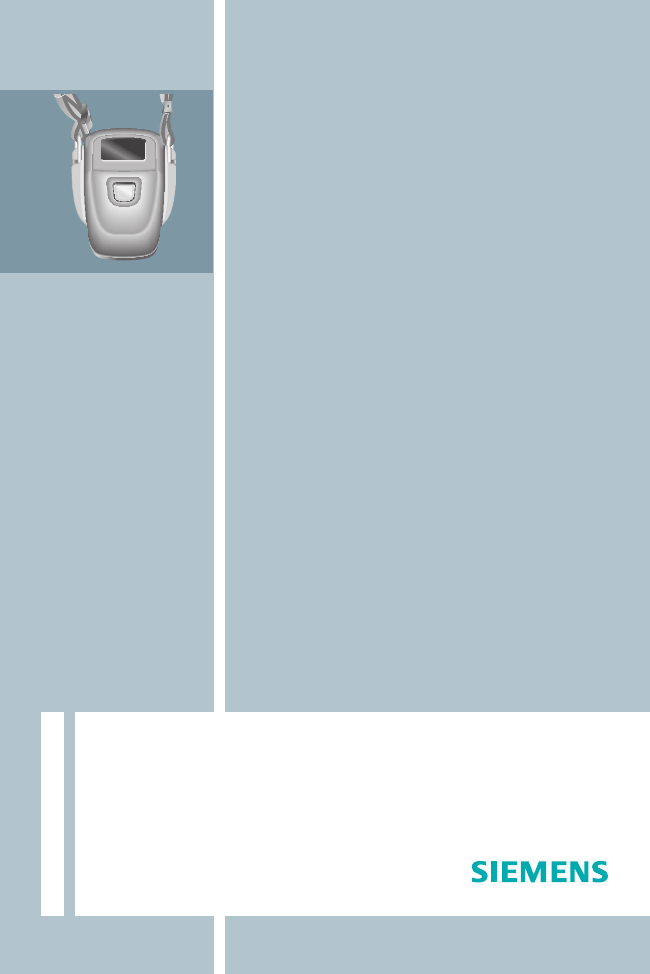
1
ConnexxLink
Wireless Programming System
User Guide
WL_Programmer_en.indb 1WL_Programmer_en.indb 1 29.04.2008 09:17:0029.04.2008 09:17:00

1
ConnexxLink is a wireless programming system for all
hearing instruments equipped with e2e wireless 2.0.
Place ConnexxLink around your patient's neck and wire-
lessly connect your patient's hearing instruments to
the programming software on the PC. No programming
cables are necessary.
Follow these instructions to set up ConnexxLink and to
understand how ConnexxLink works.
For instructions on programming a hearing instrument
please refer to the specific Fitting Guide.
Introduction
2
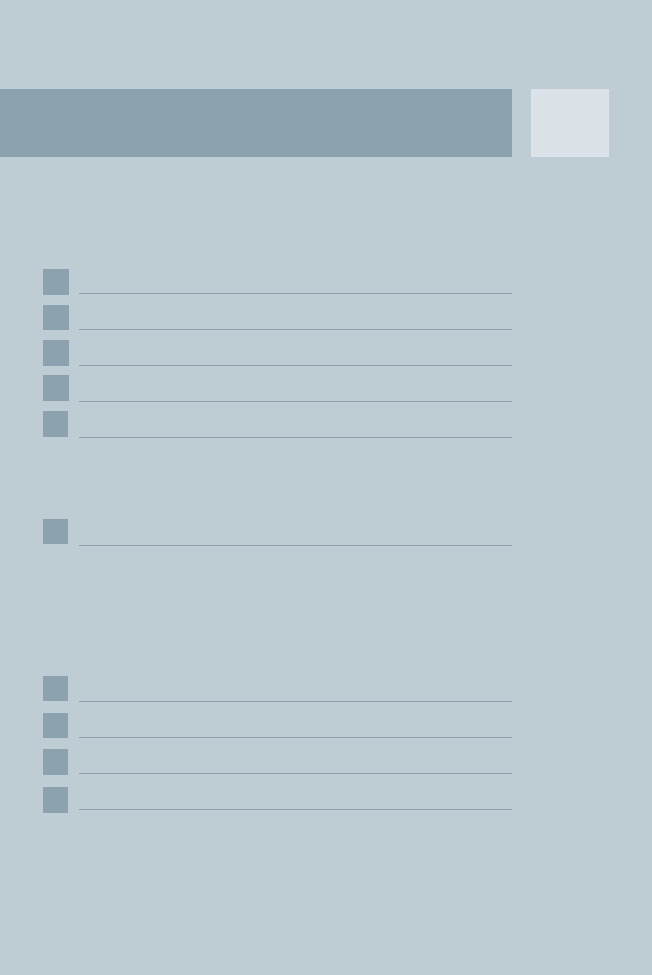
ConnexxLink wireless programming system 4
Intended use 5
General notes on safety 6
Safety notes for batteries 8
Handling the rechargeable battery 9
Before first us
- e
Charging the wireless programming syste
- m
Running time of the rechargable batter
- y
Working with the wireless programming system 10
Before first us
- e
Bluetooth dongl
- e
Wearing the wireless programming syste
- m
Connecting wireless programming system
-
and Bluetooth dongle
Screens and symbols 12
Maintenance and care 13
Technical information 14
Disposal information 16
2
Contents
3
4
5
6
8
9
10
11
7
12
3
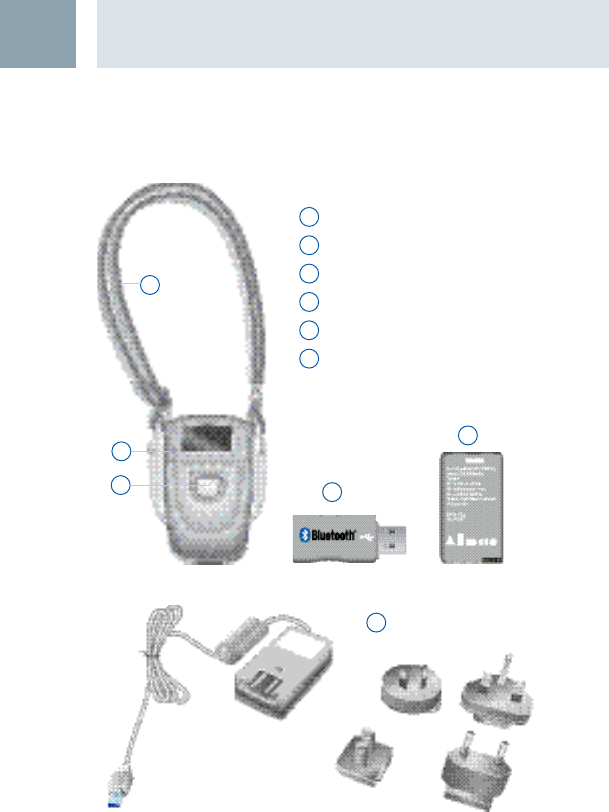
Features
1 ConnexxLink
2 On/Off button
3 Lanyard
4 USB Bluetooth Dongle
5 Rechargeable battery
6 Power supply and adapters
1
24
6
3
5
ConnexxLink wireless programming system
3
4
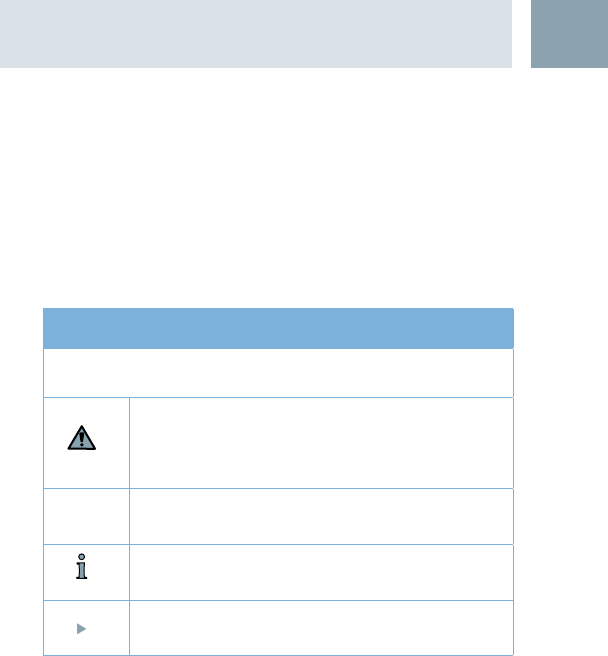
The ConnexxLink wireless programming system is intend-
ed to program hearing instruments wirelessly.
Read and follow the instructions of this user guide to
avoid injuries or damage to the wireless programming
system.
Symbols:
Be aware of information marked with the warning symbol
WARNING, CAUTION or NOTICE!
WARNING points out a situation that could lead
to serious injuries.
CAUTION indicates a situation that could lead to
minor and moderate injuries.
NOTICE NOTICE indicates possible property
damage.
Advice and tips on how to handle your
hearing instrument better.
Instruction. Indicates that something has to be
done.
Intended use 4
5

NOTICE
The wireless programming system is sensitive to extreme
heat, high humidity, strong magnetic fields (> 0.1T), X-
rays and mechanical stress.
Do not expose the wireless programming system to ex-
X
treme temperature or high humidity.
Do not leave it in direct sunlight.
X
Do not immerse it in water. X
CAUTION
The wireless programming system is a Bluetooth class 2
device. It may interfere with measuring devices and elec-
tronic equipment.
Turn the wireless programming system off when in
X
airplanes.
Observe restrictions for the use in hospitals.
X
Prior to use in conjunction with an electronic implant X
or life supporting system have the electromagnetic
compatibility verified.
5General notes on safety
In some countries restrictions for the usage of wireless
equipment exist.
Refer to local authorities for further information.
X
6
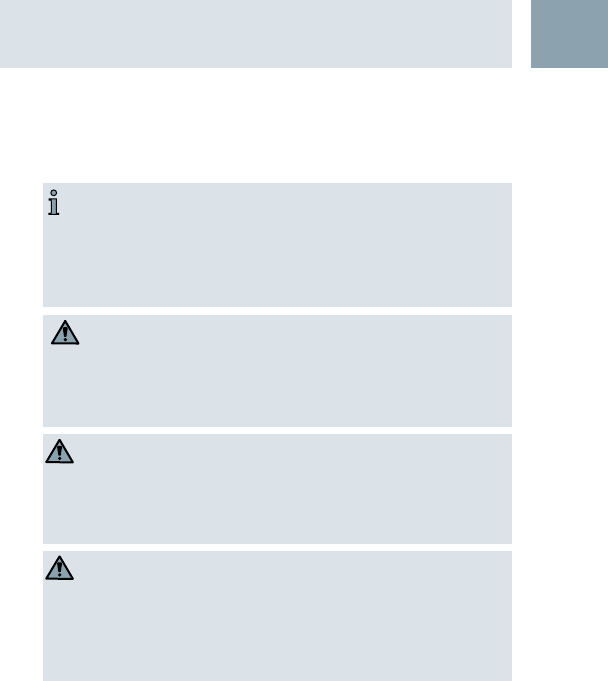
General notes on safety
WARNING
Risk in explosive environments, e.g. mining areas!
Don't use the wireless programming system in areas
X
where there is a danger of explosions.
WARNING
Risk of interference with cardiac pacemakers.
Do not use the wireless programming system if the pa-
X
tient is fitted with a cardiac pacemaker.
5
The function of the wireless link might be affected by
a nearby electro-magnetic noise source, such as com-
puter monitors.
Please keep an appropriate distance from these
X
sources.
WARNING
Strangulation hazard when lanyard gets entangled in
e.g. moving mechanical parts of machines.
Use only the delivered breakaway lanyard. It will
X
automatically snap when it gets entangled.
7
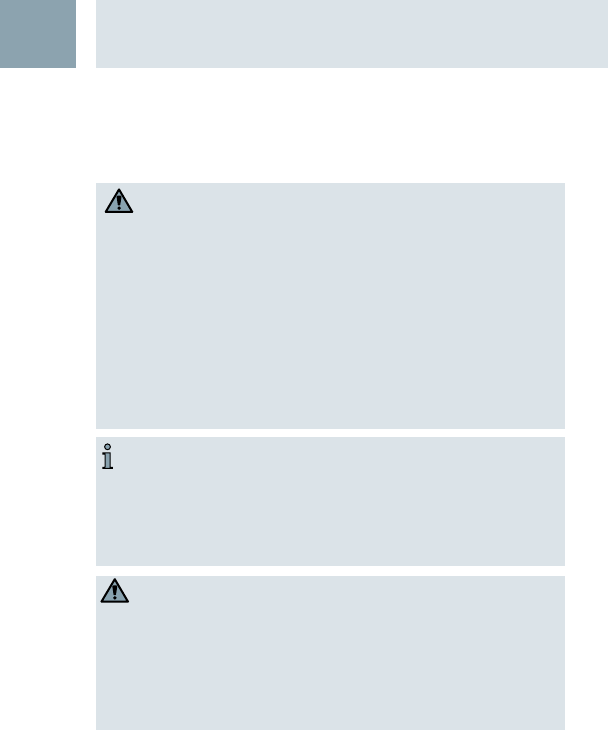
Do not throw old rechargeable batteries into house- X
hold trash.
Dispose of them according to national regulations.
X
To avoid short circuits cover the contacts of the re- X
chargeable Li-ion batteries with tape.
WARNING
Choking hazard posed by small parts.
Keep batteries, small parts and the wireless program-
X
ming system out of children‘s reach.
If swallowed consult a physician or hospital immedi-
X
ately.
Safety notes for batteries
6
WARNING
Risk of explosion when the rechargeable battery is
handled incorrectly.
Do not short circuit, pierce, crush or disassemble the
X
rechargeable battery.
Do not place in oven or fire.
X
Do not immerse in water. X
Charge the rechargeable battery between 0ºC and 45ºC X
Remove the rechargeable battery when the instru- X
ment is not in use for a prolonged period of time.
8
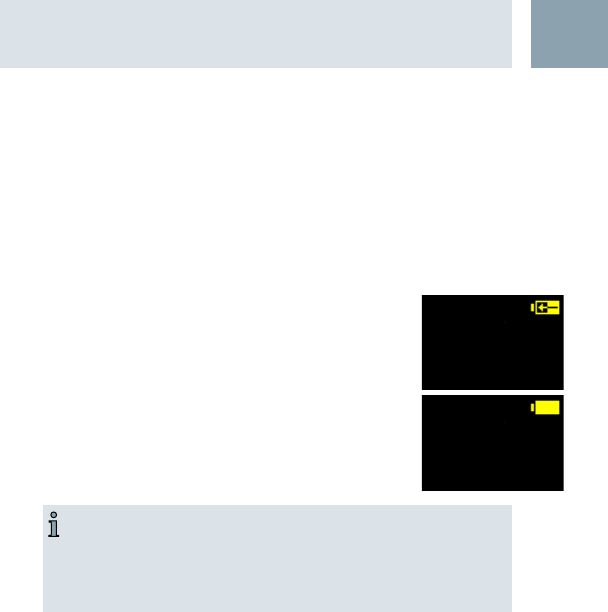
Before first use
Insert the rechargeable battery into the wireless pro- X
gramming system.
Charge the rechargeable battery before first use. X
Charging the wireless programming system
Connect the wireless programming system X
with the power plug to a power supply.
The charging process starts. Charging time
is about 5 hours depending on the status of
the rechargeable battery.
Charging is complete when the battery sym-
bol shows a full battery.
7
Handling the rechargeable battery
Running time of the rechargable battery
The running time of the rechargable battery is about 6 to
7 hours.
Use the wireless programming system during the day
X
and charge it over night.
Keep an eye on the battery status when using the X
wireless programming system.
Charge the wireless programming system when the
X
battery is turning low.
9
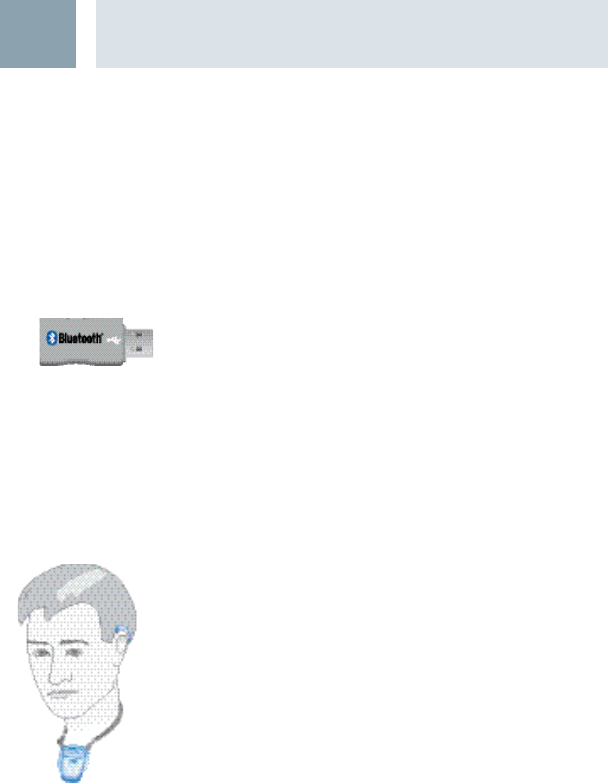
Before first use
Make sure to have Connexx 6.0 or a higher version in- X
stalled.
Plug the Bluetooth dongle into a USB slot of your com- X
puter.
Bluetooth dongle
Bluetooth dongle and wireless programming
system need to be within a range of 10 m (32 ft).
The green LED of the Bluetooth dongle blinks when the
Bluetooth dongle is searching for a connection to the
wireless programming system.
The green LED of the Bluetooth dongle is constantly lit
when a connection to the wireless programming system
is established.
Wearing the wireless programming system
The patient wears the hearing instruments while
the hearing instruments are programmed.
Use the lanyard to put the wireless program-
X
ming system around the patients neck.
This way the wireless programming system
has a distance up to 25 cm (10 in) to the hea-
ring instruments.
The patient should maintain a forward facing
X
head position, same direction as the wireless
programming system. Turning the head can
lead to a disconnection during the program-
ming process.
8Working with the wireless programming system
10
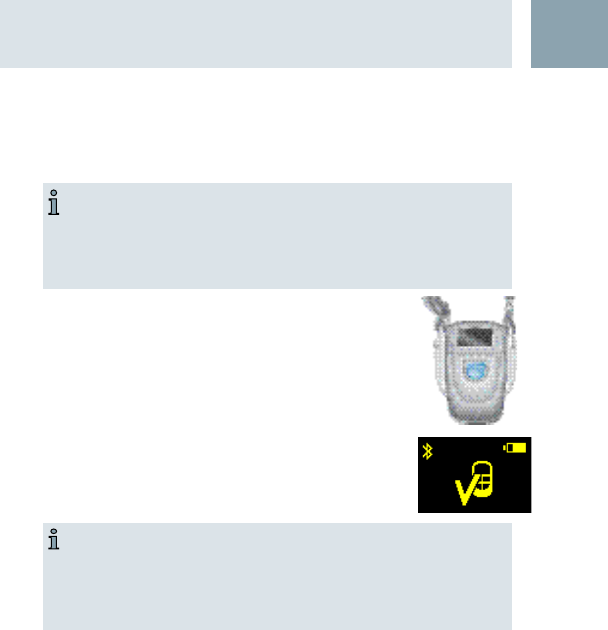
Connecting wireless programming system
and Bluetooth dongle
Turn the wireless programming system on X
by pressing the On / Off button.
When the Bluetooth symbol on the screen
of the wireless programming system stops
blinking, the Bluetooth dongle and the wire-
less programming system are connected.
Start the Connexx detection dialog via the button "De-
X
tect connected instruments" in the toolbar or on the
hearing instrument's task card.
Choose the wireless programming system as the detec-
X
tion device.
Follow the steps in Connexx to detect and program the
X
hearing instruments.
The wireless programming system will go into stand-
by mode after 15 min of inactivity.
Turn the wireless programming system back on by
X
pressing the On / Off button.
8
Working with the wireless programming system
When the hearing instruments and the wireless X
programming system are lying on the table, do not
exceed a distance of 5 cm (2 in) between hearing in-
struments and wireless programming system.
11
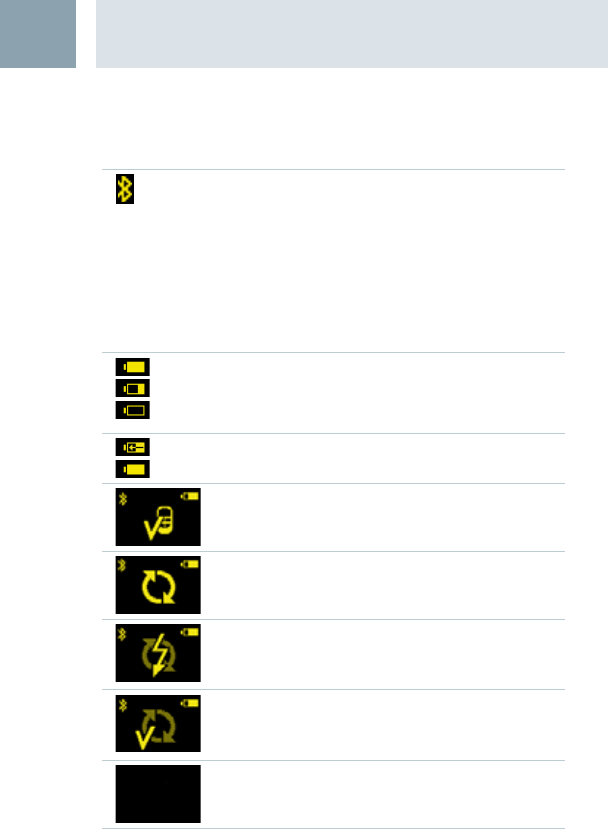
Bluetooth
When the Bluetooth symbol blinks,
the wireless programming system is
connecting to the Bluetooth dongle.
When the Bluetooth symbol is con-
stantly showing, the wireless pro-
gramming system is connected to the
Bluetooth dongle.
full
empty
Battery status
Charge the wireless programming sy- X
stem when the battery is turning low.
charging
full
Charging information
Device ready
Ready for data transfer
Data transfer error
shown for a few seconds, then swit-
ches back to "Ready for data transfer".
Data transfer ok
shown for a few seconds, then swit-
ches back to "Ready for data transfer".
while data is transfered no symbols
are shown on the screen.
Screens and symbols
9
12

Maintenance and care 10
Clean the wireless programming system as necessary X
with a soft tissue.
Avoid abrasive cleaning liquids with additives such as
X
citronid aids, ammonia, etc.
NOTICE
Do NOT put the wireless programming
X
system in water!
Do NOT clean the wireless program-
X
ming system with alcohol or benzine.
13

Operating frequencies: Fc=3.28 MHz
Max. field strength @ 10m: -24.1 dBμA/m
Max. field strength @ 30m: -6.2 dBμV/m
CE, FCC and IC compliance information can be found in-
side the battery compartment.
This Class B digital apparatus complies with Canadian ICES-
003.
Changes or modifications not expressly approved by the
party responsible for compliance could void the users au-
thority to operate the equipment.
Siemens ConnexxLink wireless programming system
FCC: SGI-WL200AP
IC: 267AB-WL200AP
This device complies with Part 15 of the FCC Rules and
with RSS-210 of Industry Canada.
Operation is subject to the following conditions:
(1) this device may not cause harmful interference, and
(2) this device must accept any interference received,
including interference that may cause undesired
operation.
Technical information
11
14

This equipment has been tested and found to comply with
the limits for a Class B digital device, pursuant to Part 15
of the FCC Rules. These limits are designed to provide rea-
sonable protection against harmful interference in a resi-
dential installation. This equipment generates, uses and
can radiate radio frequency energy and, if not installed
and used in accordance with the instructions, may cause
harmful interference to radio communications. However,
there is no guarantee that interference will not occur in a
particular installation. If this equipment does cause harm-
ful interference to radio or television reception, which can
be determined by turning the equipment off and on, the
user is encouraged to try to correct the interference by
one or more of the following measures:
Reorient or relocate the receiving antenna.
Increase the separation between the equipment and
receiver.
Connect the equipment into an outlet on a circuit differ-
ent from that to which the receiver is connected.
Consult the dealer or an experienced radio/TV technician
for help.
Technical information 11
15
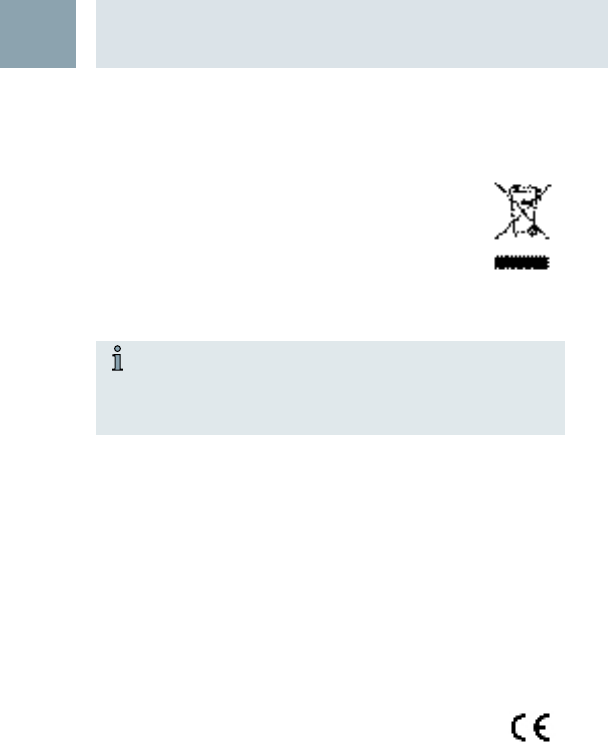
Within the European Union, the marked equip-
ment is covered by "Directive 2002/96/EC of
the European Parliament and of the Council of
27 January 2003 on waste electrical and elec-
tronical equipment".
Amended by "Directive 2003/108/EC" (WEEE).
NOTE
Recycle your hearing instruments and batteries accor-
ding to national regulations.
For disposal within the EU please send devices to the
following address:
United Kingdom Malta Ireland
Siemens Charles de Giorgio LTD Howth Junction
Hearing Instruments 39-40 South Street Business Center
Newton Road Valetta CMR 01 Kilbarrack
Crawley RH109TT P.O. Box 374 5 Dublin
www.hearing-siemens.com
With the CE marking Siemens confirms compliance
with the European Directive 93/42/EEC concerning
medical devices. 0123
Disposal information
12
16

Notes
13
17

Notes
13
18

www.siemens.com /hearing
Siemens Audiologische Technik GmbH
Gebbertstrasse 125
91058 Erlangen
Germany
Phone +49 9131 308 0
© Siemens AG, 04.2008
Document No. A91SAT-00459-99T1-7600
Order/Item No. 104 174 29
Printed in Germany